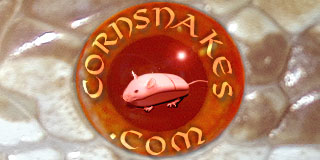Dennis Gulla
New member
I am not a novice when it comes to genetics, however, I do get confused when it comes to breeding certain morphs and locality specific corns in an effort produce something new.
How did Don from South Mountain produce his line of Hypo Miami Corns? We know that Hypomelanism is a recessive genetic trait, but Miami Phase corns are a locale specific animal that displays a unique trait.
He obviously bred a Hypo corn to a Miami Phase corn. Wouldn't the results be intergrades het for hypomelanism? You can't have a corn be het for Miami phase right? This is where I get confused. Could someone explain this to me?
How did Don from South Mountain produce his line of Hypo Miami Corns? We know that Hypomelanism is a recessive genetic trait, but Miami Phase corns are a locale specific animal that displays a unique trait.
He obviously bred a Hypo corn to a Miami Phase corn. Wouldn't the results be intergrades het for hypomelanism? You can't have a corn be het for Miami phase right? This is where I get confused. Could someone explain this to me?
Last edited:
